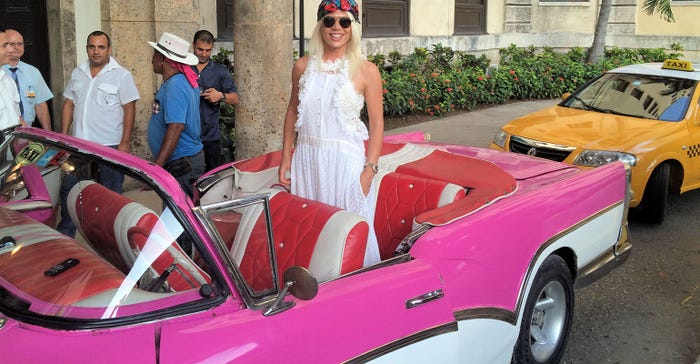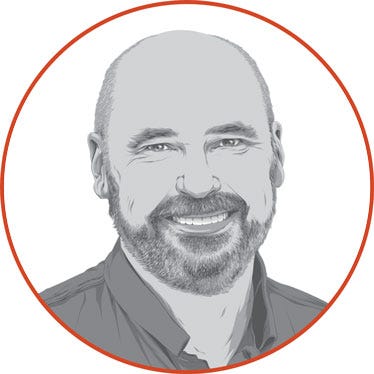
I was fortunate to visit this beautiful island in 2016 a few months before President Trump took on the oval office and slammed the door on Cuban tourism. In just a few days my colleagues and I discovered a country highly educated yet dirt poor; a country that sends doctors around the world yet cannot care for its own people; a country where taxi drivers earn more money than doctors; a country that researches COVID vaccines and embraces biotechnology, yet cannot afford fertilizer or seed to boost yields. Most farming is organic, and not by choice.
It is a country that, despite the depths of despair from hurricanes and autocratic leadership, is bound and determined to rise above its leaders’ efforts to continue the classless, common ownership ideology that has never worked anywhere. Centrally planned economies rarely work. Without profit incentive there is no profit and GDP. Socialism has produced two good things: a great health care system and first class public education. So you might say that Cuba has a first world population stuck in a third world economy.
Earlier this decade Cuba began making policy changes in an effort to right the ship. Some rules were relaxed, including entrepreneurship for privately-owned restaurants, and buying and selling homes. There was a real effort to move people off the government dole and turn them into taxpayers, says Paul Johnson, co-chair of the U.S. Agriculture Coalition for Cuba. “They want to create prosperity but also keep socialist programs like free health care and education. That’s going to be very difficult, but not impossible."
Here’s a chance to relive our tour through some of these images. Enjoy.
Related: The United States sells billions of dollars worth of farm goods to a communist-led country thousands of miles off our western border. It sells practically nothing to another communist-led country just 90 miles off the Florida coast. Why?
About the Author(s)
You May Also Like






